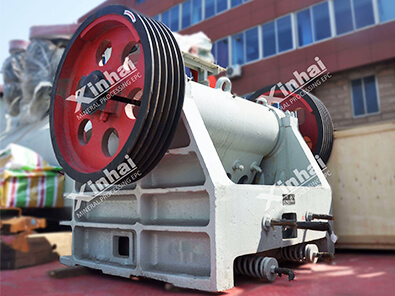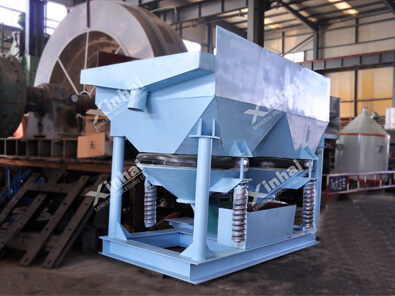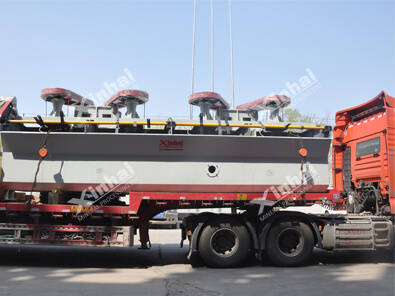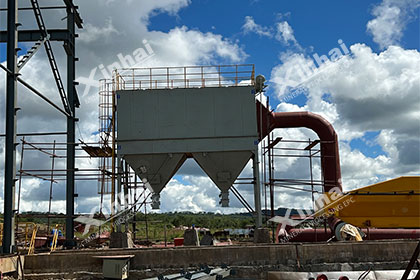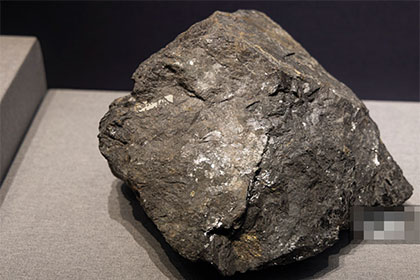How to Process a Gold Ore:Steps to convert gold ore into gold concentrate
 zeki
zeki
 Sep 29, 2025
Sep 29, 2025
 396
396
If you want to know more details about equipment, solutions, etc, please click the button below for free consultation, or leave your requirements!

Every individual or company may encounter their own gold mine—a highly valuable opportunity or resource. However, possession does not equal mastery. This article aims to explore how to effectively identify, evaluate, and systematically develop the gold mine in your hands, converting potential value into tangible wealth.
01Concept and Classification of Gold Ore
Back
Gold ore refers to a mineral assemblage with a gold grade that meets industrial utilization standards (typically a cut-off grade of 1-3 g/t and a minimum industrial grade of 3-5 g/t), from which gold can be economically extracted using existing technology. Its value depends on the occurrence state of gold, the grade, and the ore's processability.
In hard rock gold deposits, 85% of the gold has a particle size of less than 0.01mm, with more than half being 1–5 μm. In placer gold deposits, the vast majority of gold particles range from 0.25 to 10 mm, with 1–4 mm particles being the most common. Relatively pure native gold has a rich golden yellow color and streak. Its measured density is 18.9 g/cm³ (containing Au 99.55%, Ag 0.45%).
02Equipment Required for Gold Ore Processing
BackCrushing Stage: Jaw Crusher, Cone Crusher, etc.
Grinding Stage: Ball Mill
Beneficiation Stage: Flotation Machine, Carbon-in-Leach (CIL) Equipment (CIL Tanks/CIP Tanks), Gravity Separation Equipment (Jig)
Dewatering Stage: Thickener, Filter
03Gold Ore Beneficiation Methods
BackGravity separation and flotation are widely used in gold beneficiation. Gravity separation is used for placer gold, while flotation is a commonly used method in hard rock gold mines. Currently, about 80% of China's hard rock gold mines use this method for gold recovery.
04Overview of the Gold Ore Beneficiation Process
BackPreparation Operations before Separation:
Crushing: Primary Crushing -> Secondary Crushing -> Tertiary Crushing
Screening: Pre-screening -> Check screening
Grinding: Coarse Grinding -> Fine Grinding -> Ultra-fine Grinding
Classification: Pre-classification -> Check classification -> Controlled classification
Separation Operations:
Magnetic Separation -> Gravity Separation -> Flotation -> Cyanidation
Generally, gravity separation and flotation are used to process gold ore.
Gravity Separation: During gravity separation, ore particles are subjected to gravity, mechanical force from the equipment, and the force of the medium. The combination of these forces causes particles of different densities to move at different speeds and trajectories, ultimately separating them.
Flotation: The full name is froth flotation. It is a process for separating minerals based on differences in the physicochemical properties of mineral particle surfaces, achieving separation from the pulp by leveraging the buoyancy of air bubbles.
Dewatering Operations after Separation:
· Thickening -> Filtration -> Drying
05What are the Uses of Gold Concentrate?
Back(1) Producing standard gold ingots
(2) Manufacturing gold derivatives
(3) Recovering associated valuable metals and elements
(4) Secondary development of tailings residue
06Xinhai's Advantages in Processing Gold Ore
BackGold Ore CIP Production Line Process: This refers to the Carbon-in-Pulp (CIP) process, which includes seven operational stages: preparation of the leach pulp, cyanide leaching, activated carbon adsorption, elution of gold-loaded carbon, electrowinning to obtain gold mud, regeneration of stripped carbon, and treatment of the leached pulp. It is mainly suitable for two types of ores: one is flotation gold concentrate or tailings from amalgamation/gravity separation, and the other is argillaceous oxidized ore.
Gold Ore Flotation Production Line: This is commonly used to treat gold-bearing ores containing highly floatable sulfide minerals. The flotation process can maximize the enrichment of gold into the sulfide concentrate. The tailings can be directly discarded, resulting in low beneficiation costs. About 80% of China's hard rock gold mines use this process for separation. It is suitable for processing quartz vein ores containing fine gold particles and highly floatable sulfides, polymetallic gold-bearing sulfide ores, and carbon-containing (graphite) ores, etc.
 +86 183 3575 8886
+86 183 3575 8886 pinklaurabao@gmail.com
pinklaurabao@gmail.com



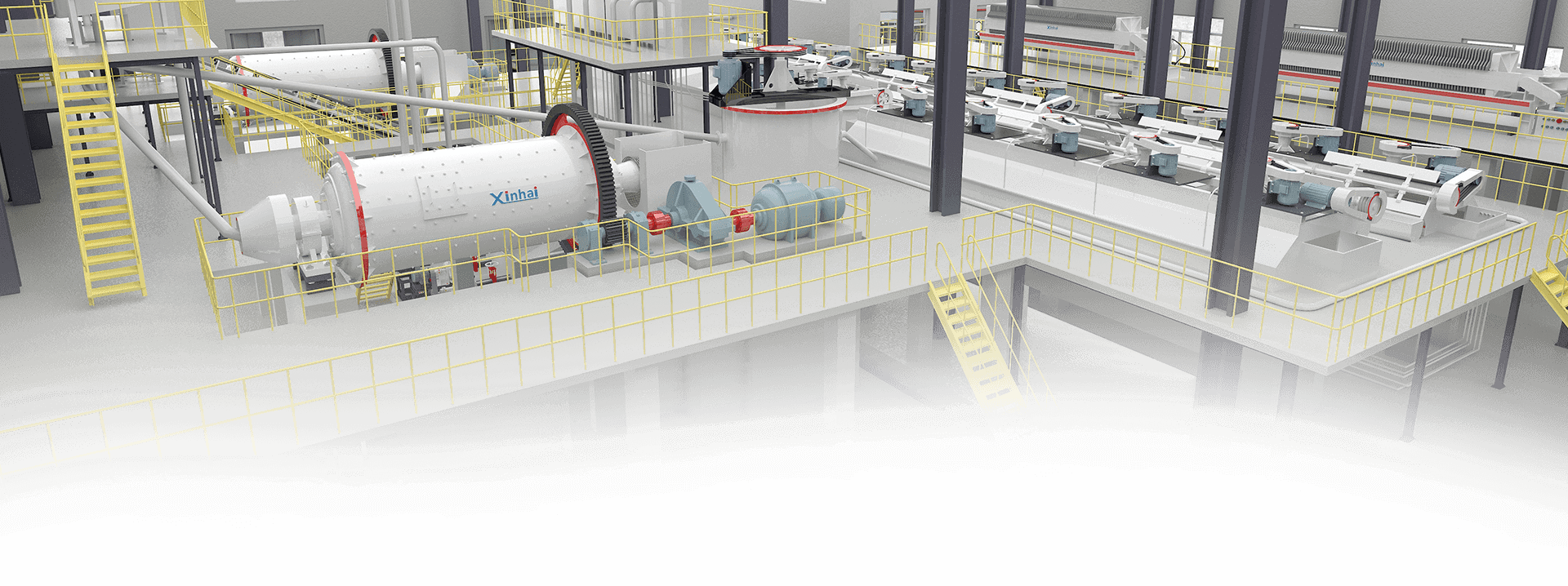
 Message
Message Chat Now
Chat Now


